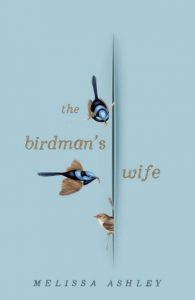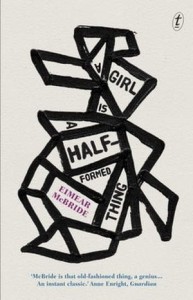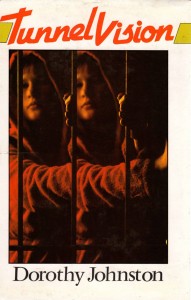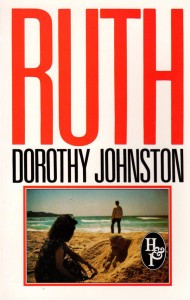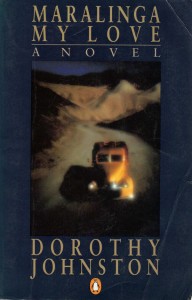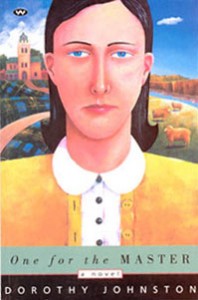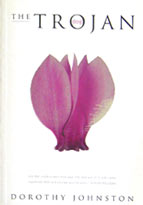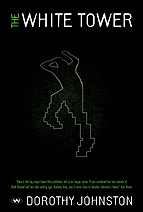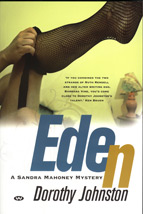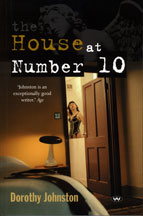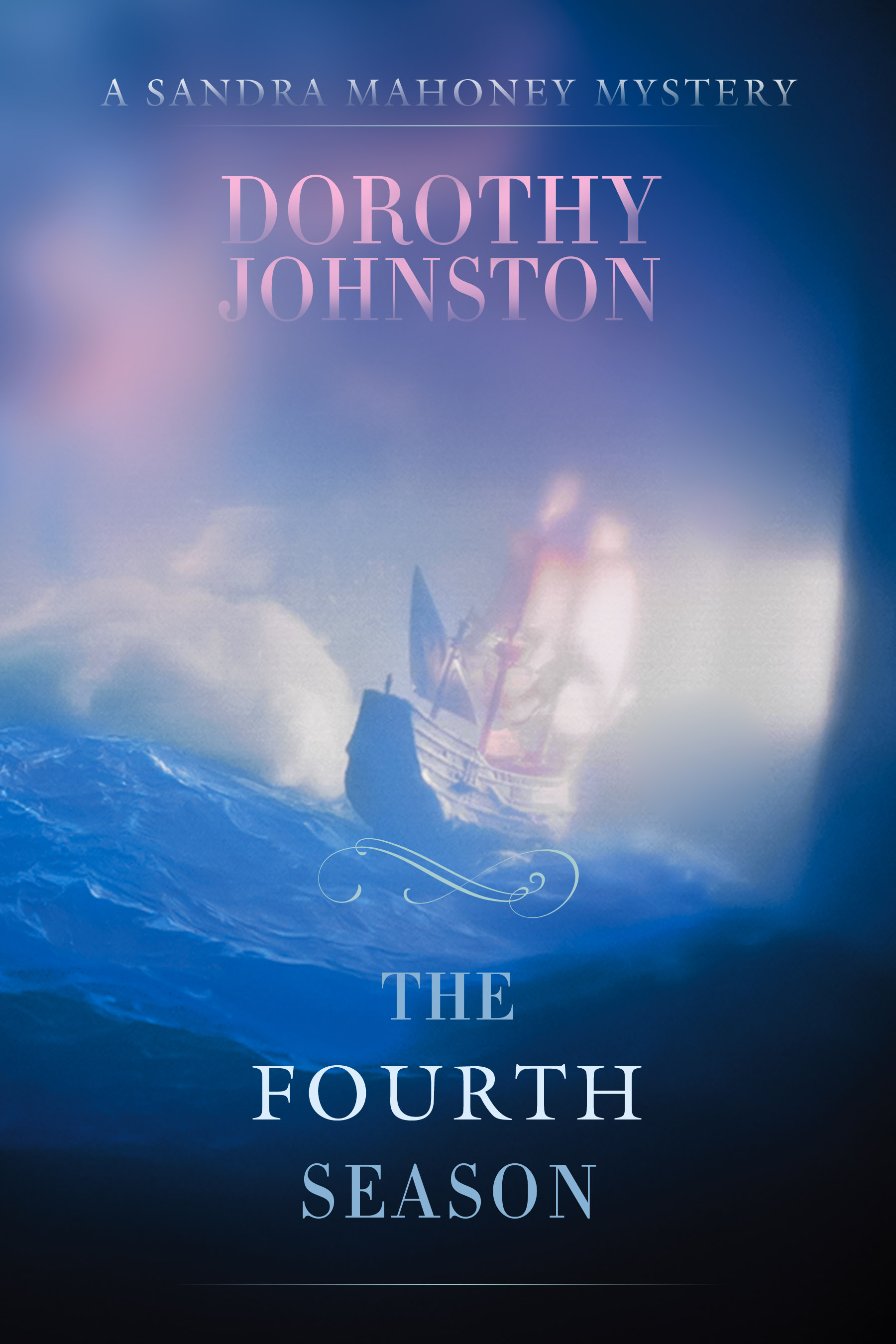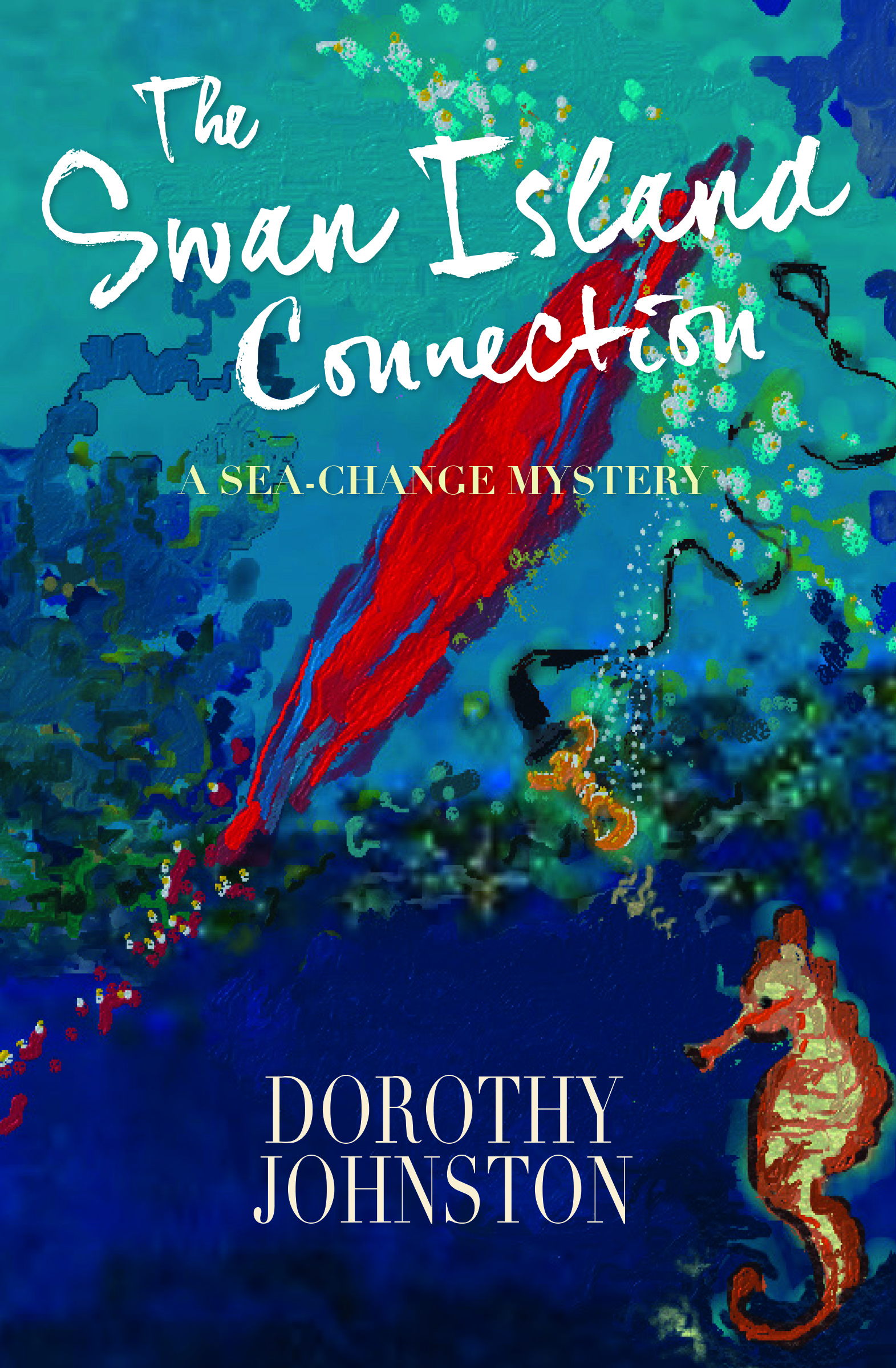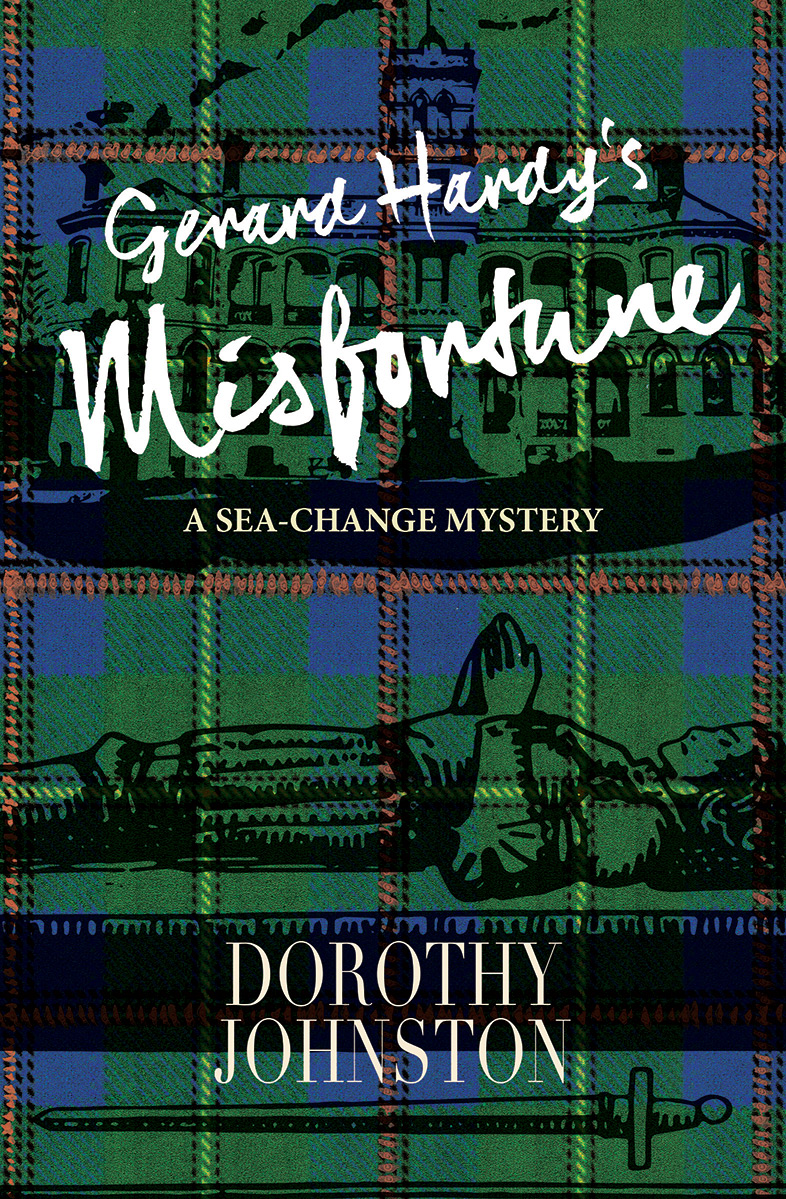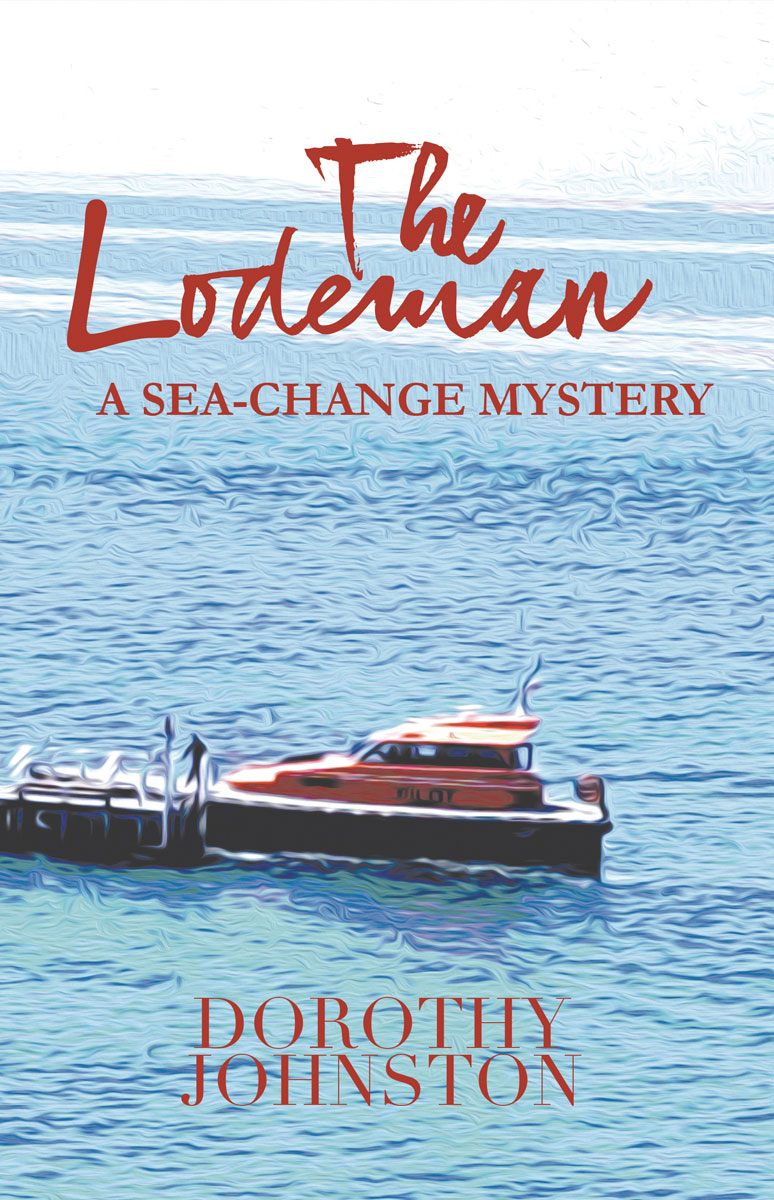My double review of the bird man’s wife by Melissa Ashley and The Atomic Weight of Love by Elizabeth J. Church was published in the Fairfax newspapers last weekend.
Seeing the covers together like this, it’s clear that both novels are about birds. the bird man’s wife tells the story of Elizabeth Gould, wife of John Gould, the famous ornithologist. It was in fact Elizabeth, not John, who drew and painted most of the illustrations in The Birds of Australia, and author Melissa Ashley has righted a historical wrong in bringing Elizabeth’s name, and life, out of obscurity.
As well as performing this worthwhile task, Ashley has written a fascinating and absorbing novel. Please follow the link above to read my review in its entirety.
Readers first meet Elizabeth in 1828, as a young woman in London, where she first meets her future husband, and follow her to her death, of puerperal fever, after the birth of her eighth child, aged just thirty-seven.
Elizabeth’s life-long curiosity about the natural world links her, across more than a century, to Meridian Wallace, the main female character in The Atomic Weight of Love, who goes bird-watching on her own and is not the slightest bit interested in playing with dolls. Meridian is a brilliant student who falls in love with a physics lecturer twenty years her senior, marries and then follows him to Los Alamos, postponing, then finally abandoning her graduate studies in ornithology. In the middle decades of the twentieth century, Meridian is not forced to endure successive pregnancies – she never has children of her own – but she submits to the husband with whose intellect she first fell in love.
Both books are beautifully produced, the birdman’s wife in particular; it’s a hardback, the end papers including some of Elizabeth Gould’s finest illustrations.
My review of A Girl is a Half-Formed Thing, Irish writer Eimear McBride’s first novel, was published in the Fairfax newspapers last Saturday. The jagged lines of the cover and the apparently haphazard way the blocks are put together echo Mcbride’s prose, which is extraordinary.
I’ve been critical of the current fashion for writing exclusively in the present tense, and have voiced my criticisms here and here.
As with all literary fashions, this one has, while growing in popularity over the past ten years, attracted its share of second-rate imitations. A Girl is a Half-Formed Thing is narrated in the present tense, in fragmentary sentences of the kind that have often stuck in my throat. Maybe this is an obvious point to make, but when a writer of true originality and talent comes along, they make references to fashions irrelevant.
I didn’t have the space to add any of the background to the novel’s publication in my 650 word review, so I thought I would do so now. After years of rejections by UK publishers because it was considered too difficult to sell, A Girl is a Half-Formed Thing was picked up by a tiny independent press. Familiar story? Sadly too familiar. McBride in the end was lucky, which is not to take away from her enormous talent. All her subsequent success is, in my view, wholly deserved.
McBride won the inaugral Goldsmith’s prize for the novel. Tim Parnell, head of English and comparative literature at Goldsmiths College and chair of the judges, said A Girl is a Half-formed Thing was a “boldly original and utterly compelling” novel. It was “just the kind of book the Goldsmiths prize was created to celebrate … Serious discussion of the art of fiction is too often confined to the pages of learned journals and we hope that the prize and the events surrounding it will stimulate a much wider debate about the novel.”
